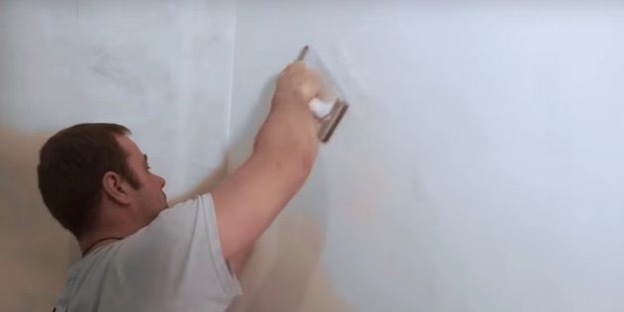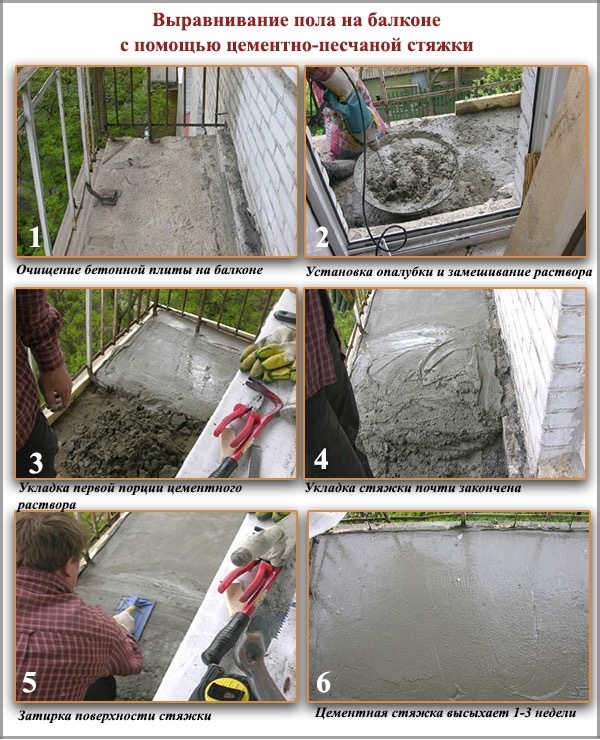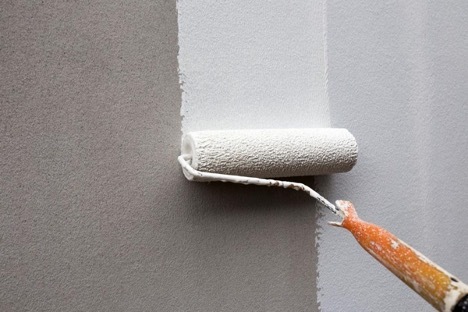Penoizol is a semi-liquid foam with excellent thermal insulation properties. It is resistant to temperature changes, moisture, burning, protects well from noise and cold. Insulation with penoizol is carried out by pouring the mixture, for example, into the formwork or the space between the walls. When planning to use this material, you need to take into account its features and characteristics, which can be found in the material presented.
The content of the article
- What is penoizol
- Characteristics of penoizol
- Pros and cons of insulation
What is penoizol
Penoizol is a relatively new and still uncommon type of insulation. Often it is called "milora" or "jupiter", because it was under such names that the material was previously released in the USSR. If we consider what penoizol is in the chemical sense, then this is a liquid foam of carbamide composition. Produced in 3 stages:
- Obtaining an emulsion based on urea (urea).
- Whipping.
- Adding formaldehyde.
The result is a liquid material, which is also called urea-formaldehyde foam (CFP).
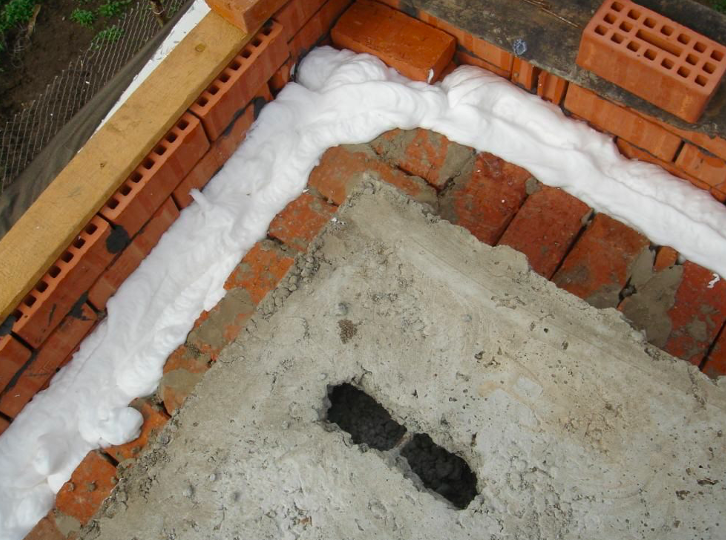
Characteristics of penoizol
We can say about penoizol that it is a liquid (very viscous) organic polymer with low thermal conductivity. If the room is insulated with a 5 cm thick carbamide slab, it provides the same insulation as:
- concrete 210 cm;
- brickwork 90 cm;
- wood 34 cm;
- mineral wool 13 cm;
- polystyrene 7.5 cm.
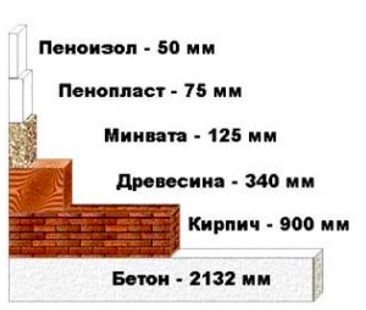
It is traditionally believed that the cheapest insulation is foam, but instead of it, polystyrene foam is often used as an improved version. However, knowing the properties of penoizol, we can say that milora is an even better material with excellent thermal insulation.
Its main characteristics are:
- bulk density depending on the type 6-60 kg/m3;
- thermal conductivity coefficient 0.03-0.047 W / m * K;
- compressive strength (deformation up to 10%) 0.25-0.30 kg/cm2;
- water absorption within 24 hours 14-18%;
- operating temperature range from -60оС to +90оС;
- flammability class G2 (moderately flammable, not capable of independent combustion, burning time without maintaining a fire source up to 30 seconds).
Pros and cons of insulation
The photo of penoizol shows that it is white and looks like polystyrene foam, polystyrene and other similar materials. Given the characteristics and consumer properties of this insulation, several objective advantages can be distinguished:
- excellent thermal insulation even with a minimum thickness;
- space saving;
- resistance to burning (which neither polystyrene foam nor polystyrene foam has);
- resistance to moisture;
- resistance to temperature changes;
- low density, minimal load on the structure;
- excellent sound insulation;
- installation can be carried out in any season;
- warranty period up to 70 years.
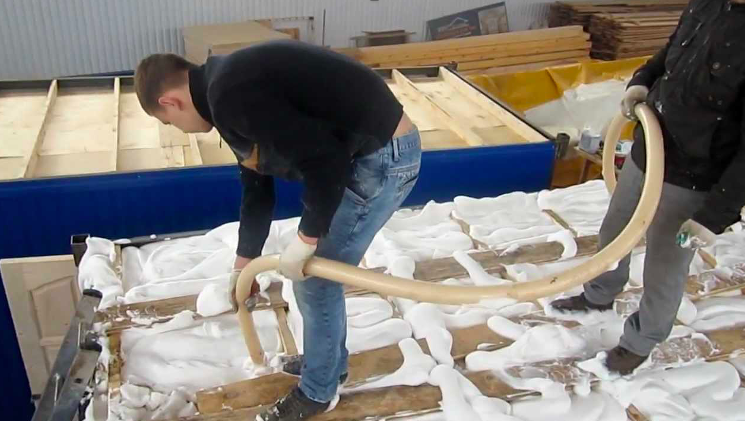
Penoizol has pros and cons:
- mechanical strength is low;
- the complexity of insulation when pouring into the formwork (if it is not firmly installed, it can move);
- shrinks up to 4%.
It is possible to insulate with penoizol any premises - residential and non-residential. Since you can work with it even in winter, it is quite possible to insulate, for example, a garage or other outbuildings. But you need to keep in mind the specifics of the material, including the possibility of shrinkage. Therefore, for installation it is better to invite a team of experienced craftsmen.
